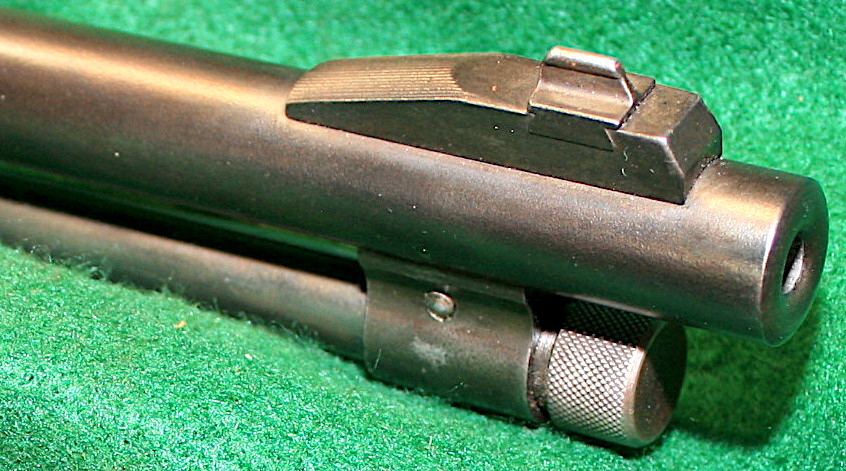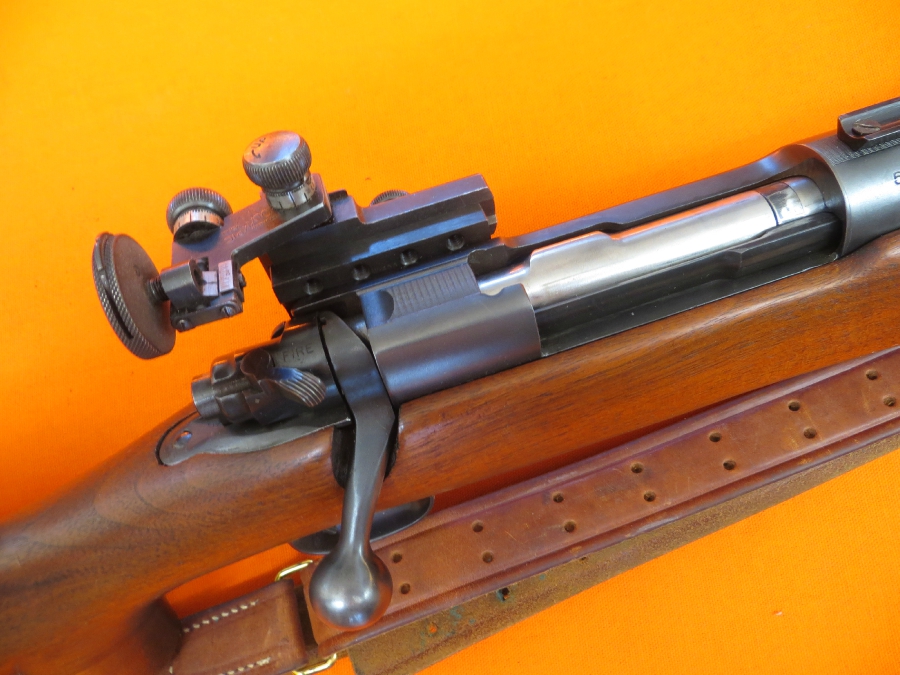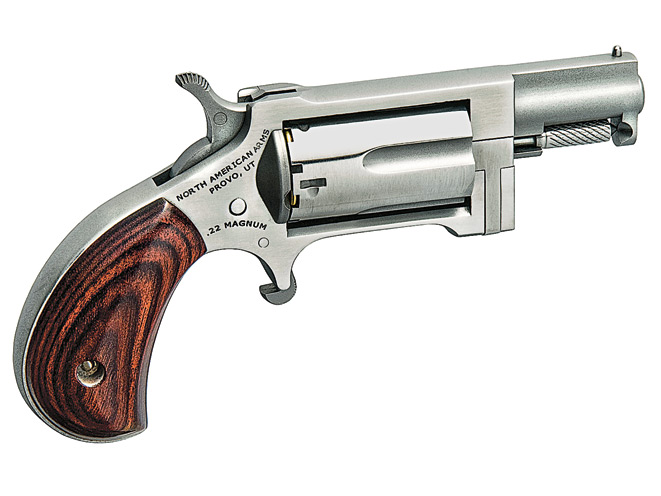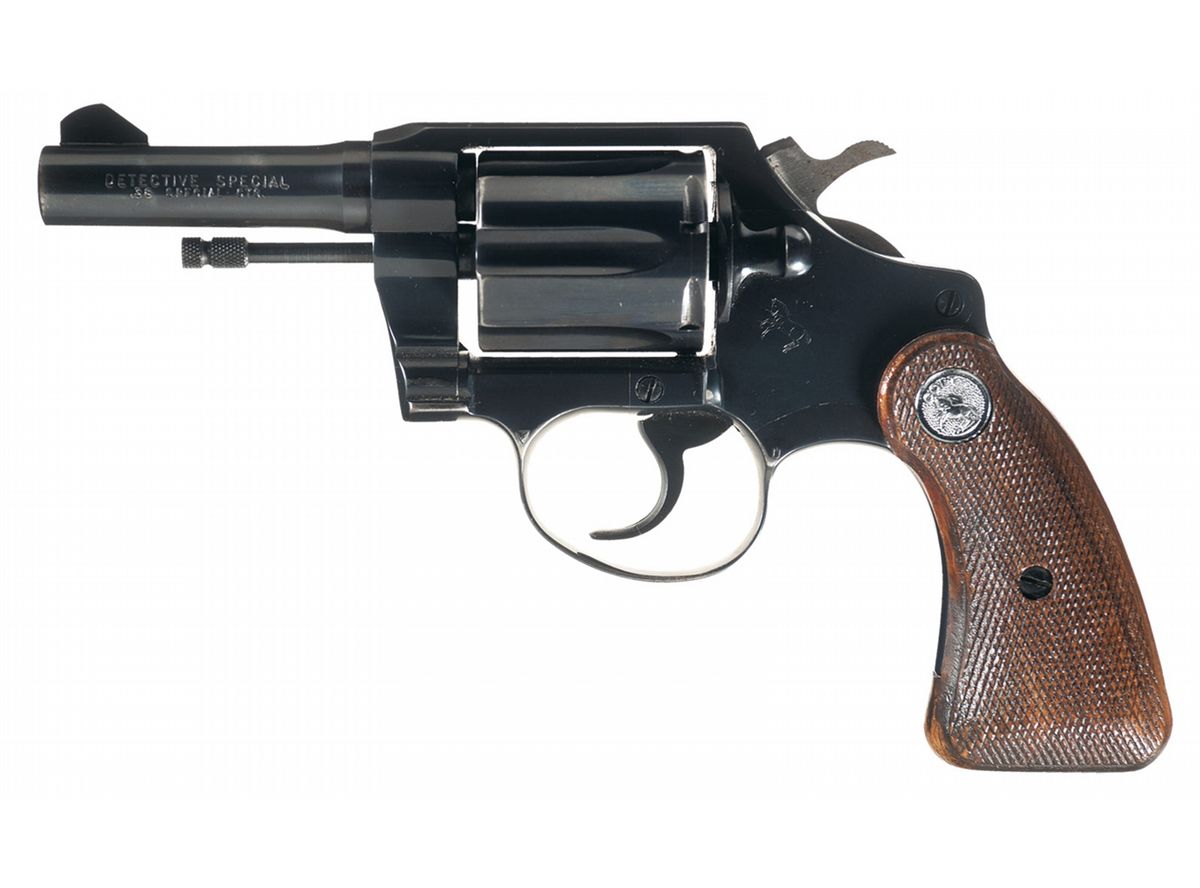Communism entered history as a ferocious yet idealistic condemnation of capitalism, promising a better world. Its adherents, like others on the left, blamed capitalism for the miserable conditions that afflicted peasants and workers alike and for the prevalence of indentured and child labor. Communists saw the slaughter of World War I as a direct result of the rapacious competition among the great powers for overseas markets.
But a century of communism in power—with holdouts even now in Cuba, North Korea and China—has made clear the human cost of a political program bent on overthrowing capitalism.
Again and again, the effort to eliminate markets and private property has brought about the deaths of an astounding number of people. Since 1917—in the Soviet Union, China, Mongolia, Eastern Europe, Indochina, Africa, Afghanistan and parts of Latin America—communism has claimed at least 65 million lives, according to the painstaking research of demographers.
Communism’s tools of destruction have included mass deportations, forced labor camps and police-state terror—a model established by Lenin and especially by his successor Joseph Stalin. It has been widely imitated.
Though communism has killed huge numbers of people intentionally, even more of its victims have died from starvation as a result of its cruel projects of social engineering.
For these epic crimes, Lenin and Stalin bear personal responsibility, as do Mao Zedong in China, Pol Pot in Cambodia, the Kim dynasty in North Korea and any number of lesser communist tyrants. But we must not lose sight of the ideas that prompted these vicious men to kill on such a vast scale, or of the nationalist context in which they embraced these ideas.
Anti Capitalism was attractive to them in its own right, but it also served as an instrument, in their minds, for backward countries to leapfrog into the ranks of great powers.
The communist revolution may now be spent, but its centenary, as the great anticapitalist cause, still demands a proper reckoning.
In February 1917, Tsar Nicholas II abdicated under pressure from his generals, who worried that bread marches and strikes in the capital of St. Petersburg were undermining the war effort against Germany and its allies.
The February Revolution, as these events became known, produced an unelected provisional government, which chose to rule without the elected parliament. Peasants began to seize the land, and soviets (or political councils) started to form among soldiers at the front, as had already happened among political groups in the cities.
That fall, as the war raged on, Lenin’s Bolsheviks undertook an armed insurrection involving probably no more than 10,000 people. They directed their coup not against the provisional government, which had long since become moribund, but against the main soviet in the capital, which was dominated by other, more moderate socialists.
The October Revolution began as a putsch by the radical left against the rest of the left, whose members denounced the Bolsheviks for violating all norms and then walked out of the soviet.
The Bolsheviks, like many of their rivals, were devotees of Karl Marx, who saw class struggle as the great engine of history.
What he called feudalism would give way to capitalism, which would be replaced in turn by socialism and, finally, the distant utopia of communism. Marx envisioned a new era of freedom and plenty, and its precondition was destroying the “wage slavery” and exploitation of capitalism.
As he and his collaborator Friedrich Engels declared in the Communist Manifesto of 1848, our theory “may be summed up in the single sentence: Abolition of private property.”
Once in power in early 1918, the Bolsheviks renamed themselves the Communist Party as they sought to force-march Russia to socialism and, eventually, to history’s final stage. Millions set about trying to live in new ways.
No one, however, knew precisely what the new society was supposed to look like. “We cannot give a characterization of socialism,” Lenin conceded in March 1918. “What socialism will be like when it reaches its completed form we do not know, we cannot say.”
But one thing was clear to them: Socialism could not resemble capitalism. The regime would replace private property with collective property, markets with planning, and “bourgeois” parliaments with “people’s power.”
In practice, however, scientific planning was unattainable, as even some communists conceded at the time. As for collectivizing property, it empowered not the people but the state.
The process set in motion by the communists entailed the vast expansion of a secret-police apparatus to handle the arrest, internal deportation and execution of “class enemies.”
The dispossession of capitalists also enriched a new class of state functionaries, who gained control over the country’s wealth. All parties and points of view outside the official doctrine were repressed, eliminating politics as a corrective mechanism.
The declared goals of the revolution of 1917 were abundance and social justice, but the commitment to destroy capitalism gave rise to structures that made it impossible to attain those goals.
In urban areas, the Soviet regime was able to draw upon armed factory workers, eager recruits to the party and secret police, and on young people impatient to build a new world. In the countryside, however, the peasantry—some 120 million souls—had carried out their own revolution, deposing the gentry and establishing de facto peasant land ownership.
With the devastated country on the verge of famine, Lenin forced reluctant party cadres to accept the separate peasant revolution for the time being. In the countryside, over the objections of communist purists, a quasi-market economy was allowed to operate.
With Lenin’s death in 1924, this concession became Stalin’s problem. No more than 1% of the country’s arable land had been collectivized voluntarily by 1928.
By then, key factories were largely owned by the state, and the regime had committed to a five-year plan for industrialization. Revolutionaries fretted that the Soviet Union now had two incompatible systems—socialism in the city and capitalism in the village.
Stalin didn’t temporize. He imposed coercive collectivization from the Baltic Sea to the Pacific Ocean, even in the face of mass peasant rebellion.
He threatened party officials, telling them that if they were not serious about eradicating capitalism, they should be prepared to cede power to the rising rural bourgeoisie.
He incited class warfare against “kulaks” (better-off peasants) and anyone who defended them, imposing quotas for mass arrests and internal deportations.
Stalin was clear about his ideological rationale. “Could we develop agriculture in kulak fashion, as individual farms, along the path of large-scale farms” as in “America and so on?” he asked. “No, we could not. We’re a Soviet country. We want to implant a collective economy, not solely in industry, but in agriculture.”
And he never backtracked, even when, as a result of his policies, the country descended into yet another famine from 1931 to 1933. Forced collectivization during those few years would claim 5 to 7 million lives.
The Soviet Union’s awful precedent did nothing to deter other communist revolutionaries. Mao Zedong, a hard man like Stalin, had risen to the top of the Chinese movement and, in 1949, he and his comrades emerged as the victors in the Chinese civil war. Mao saw the colossal loss of life in the Soviet experiment as intrinsic to its success.
His Great Leap Forward, a violent campaign from 1958 to 1962, was an attempt to collectivize some 700 million Chinese peasants and to spread industry throughout the countryside. “Three years of hard work and suffering, and a thousand years of prosperity,” went one prominent slogan of the time.
Falsified reports of triumphal harvests and joyful peasants inundated the communist ruling elite’s well-provisioned compound in Beijing. In reality, Mao’s program resulted in one of history’s deadliest famines, claiming between 16 and 32 million victims.
After the catastrophe, referred to by survivors as the “communist wind,” Mao blocked calls for a retreat from collectivization. As he declared, “the peasants want ‘freedom,’ but we want socialism.”
Nor did this exhaust the repertoire of communist brutality in the name of overthrowing capitalism. With their conquest of Cambodia in 1975, Pol Pot and his Khmer Rouge drove millions from the country’s cities into the countryside to work on collectives and forced-labor projects. They sought to remake Cambodia as a classless, solely agrarian society.
The Khmer Rouge abolished money, banned commercial fishing and persecuted Buddhists, Muslims and the country’s ethnic Vietnamese and Chinese minorities as “infiltrators.” Pol Pot’s regime also seized children to pre-empt ideological infection from “capitalist” parents.
All told, perhaps as many as 2 million Cambodians, a quarter of the population, perished as a result of starvation, disease and mass executions during the four nightmarish years of Pol Pot’s rule. In some regions, skulls could be found in every pond.
Marx’s class analysis denied legitimacy to any political opposition, not just from “bourgeois” elements but from within communist movements themselves—because dissenters “objectively” served the interests of the international capitalist order. The relentless logic of anticapitalist revolution pointed to a single leader atop a single-party system.
From Russia and China to Cambodia, North Korea and Cuba, communist dictators have shared key traits. All have conformed, more or less, to the Leninist type: a fusion of militant ideologue and unprincipled intriguer. And all have possessed an extreme willpower—the prerequisite for attaining what only unspeakable bloodshed could bring.
Communism was hardly alone over the past century in committing grand carnage. Nazism’s repression and wars of racial extermination killed at least 40 million people, and during the Cold War, anticommunism spurred paroxysms of grotesque violence in Indonesia, Latin America and elsewhere.
But as evidence of communism’s horrors emerged over the decades, it rightly shocked liberals and leftists in the West, who shared many of the egalitarian aims of the revolutionaries.
Some repudiated the Soviet Union as a deformation of socialism, attributing the regime’s crimes to the backwardness of Russia or the peculiarities of Lenin and Stalin.
After all, Marx had never advocated mass murder or Gulag labor camps. Nowhere did he argue that the secret police, deportation by cattle car and mass death from starvation should be used to establish collective farms.
But if we’ve learned one lesson from the communist century, it is this: That to implement Marxist ideals is to betray them. Marx’s demand to “abolish private property” was a clarion call to action—and an inexorable path to the creation of an oppressive, unchecked state.
A few socialists began to recognize that there could be no freedom without markets and private property.
When they made their peace with the existence of capitalism, hoping to regulate rather than to abolish it, they initially elicited denunciations as apostates.
Over time, more socialists embraced the welfare state, or the market economy with redistribution. But the siren call to transcend capitalism persists among some on the left.
It also remains alive, though hardly in orthodox Marxist fashion, in Russia and China, the great redoubts of the communist century.
Both countries continue to distrust what is perhaps most important about free markets and private property: Their capacity to give independence of action and thought to ordinary people, pursuing their own interests as they see fit, in private life, civil society and the political sphere.
But anti capitalism also served as a program for an alternative world order, one in which long-suppressed nationalist aims might be realized. For Stalin and Mao, heirs to proud ancient civilizations, Europe and the U.S. represented the allure and threat of a superior West.
The communists set themselves the task of matching and overtaking their capitalist rivals and winning a central place for their own countries on the international stage.
This revolutionary struggle allowed Russia to satisfy its centuries-old sense of a special mission in the world, while it gave China a claim to be, once again, the Middle Kingdom.
Vladimir Putin’s resistance to the West, with his peculiar mix of Soviet nostalgia and Russian Orthodox revival, builds on Stalin’s precedent.
For its part, of course, China remains the last communist giant, even as Beijing promotes and tries to control a mostly market economy. Under Xi Jinping, the country now embraces both communist ideology and traditional Chinese culture in a drive to raise its standing as an alternative to the West.
Communism’s bloody century has come to an end, and we can only celebrate its passing. But troubling aspects of its legacy endure.
Mr. Kotkin is a professor of history and international affairs at Princeton and a senior fellow at Stanford’s Hoover Institution. His latest book, “Stalin: Waiting for Hitler, 1929-1941,” was published last month by Penguin Press.
Appeared in the November 4, 2017, print edition as ‘the communist century by Stephen Kotkin.’



























































